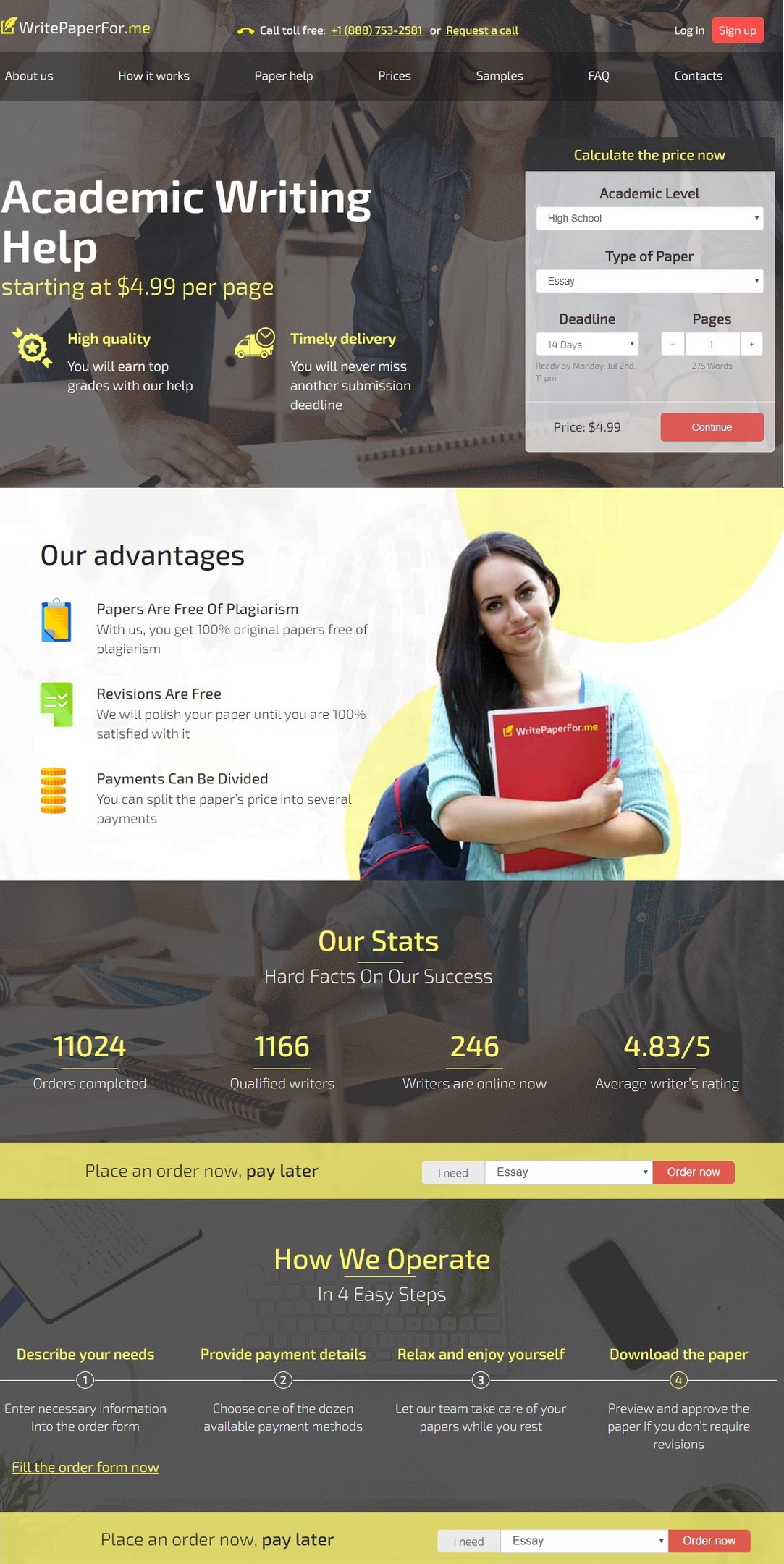Home › Forums › All About Weather, Climate and the Environment › Resume employment history section
This topic contains 0 replies, has 1 voice, and was last updated by acretnele1994 6 years, 11 months ago.
-
AuthorPosts
-
October 31, 2018 at 5:53 pm #6731
CLICK HERE CLICK HERE CLICK HERE CLICK HERE CLICK HERE
If you need high-quality papers done quickly and with zero traces of plagiarism, PaperCoach is the way to go. Great rating and good reviews should tell you everything you need to know about this excellent writing service.
PaperCoach can help you with all your papers, so check it out right now!
– Professional Academic Help.
– 100% from scratch.
– Custom writing service.
– Professional writers.
– 24/7 Customer Support.
– Plagiarism free
– Visa, MasterCard, Amex etc.
CLICK HERE CLICK HERE CLICK HERE CLICK HERE CLICK HERE
–
–
–
–
–
–
–
–
–
–
–
–
–
–
–
–
–
Resume employment history section
An employment history verification is conducted by an employer to confirm that the employment information included on a job application is accurate.Resume dilemma: Employment gaps and job-hopping Worried about those gaps in your employment history? Here are some strategies to put a better spin on your resume.When you’re writing a resume, the resume experience section provides detailed information about your employment history.This is the real heart of your resume, and the more years you are employed, the more decisions you will have to make about what to include and what to leave off in this section.You may have grappled with whether to set up a chronological or functional resume.A chronological resume focuses on work experience, providing a reverse-chronological employment history and ample detail about job duties and accomplishments.This type of resume works for applicants on a steady career track, because it emphasizes work experience.The list is divided into sections, just like your resume, to group the related headers together for easy reference.Beginning your resume with a summary section is a good way to attract attention. Employers and recruiters, faced with reading dozens of resumes, spend little time evaluating each one thoroughly.A résumé is a document used by a person to present their backgrounds and skills. Résumés can be used for a variety of reasons, but most often they are used to secure new employment. A typical résumé contains a "summary" of relevant job experience and education, as its French origin implies.The résumé is usually one of the first items, along with a cover letter and sometimes an …Resume Templates. We have several HR-approved template styles that are good for all types of employment seekers. We’ve separated them out into different categories to help you choose faster.Not sure what to put in the resume skills section? Our expert’s have created a list of the best skills for resumes in every industry. We also have 130+ specific examples of how to include general, industry specific, and computer skills on your resume.No, a resume is not a CV.And that means that there is greater flexibility in choosing a format that best highlights your qualifications. Here are the three most common resume …Resume 101: Your Employment History Section Your employment history is simply a compilation of jobs that you have held with a brief explanation of duties. This is not the place to go into great detail, which is a common mistake.Job seekers typically include work history in the “Experience” or “Related Employment” section of a resume. In this section, list the companies you worked for, your job titles, and the dates of employment. One additional element to your work history on a resume is a list (often a bulleted list) of your achievements and responsibilities …Your resume’s work history section is the spot that can truly sell your skills and talents to a potential employer. Give yourself an advantage, and put your resume in a better position by reviewing tips detailing what to do from this perfect resume how-to tutorial.Having a difficult time writing the work history section of your resume? If you don’t know where to start or what to include, this article will assist you in creating a work history section that is professional and showcases your skills in the best possible light.If the professional summary is the appetizer, your work experience is the main course of your resume. Recruiters and HR managers read the work history on your resume to check if you have the experience required for the vacant position.One important part of your resume is the work history section. In this section, you will list your current and previous jobs in chronological order. Depending on the amount of space you have, some work history sections list duties performed at each job, and some just list the position.The "Work History" or "Professional Experience" section on a resume typically lists past employment in order by date. This is called a chronological format. Many first-time job seekers, such as recent graduates or stay-at-home parents, don’t have any paid work experience to list.Keep in mind: A resume is a marketing piece, but you will need to provide a complete work history if you are asked to fill out a job application, which is a signed legal document. Employers might be leery of hiring candidates with a history of job-hopping due to recruiting and training expenses.How to Get Your Employment History. Four Methods: Using Social Security Records Using IRS Records Using Your Credit Reports Playing Detective Community Q&A An employer or licensing agency may request your employment history as part of your application for employment or licensing.The reverse chronological resume format includes employment history beginning with the most recent and then going backwards. Reverse chronological resumes show dates, as well as employers and educational institutions (college, vocational-technical schools, …The Online Writing Lab (OWL) at Purdue University houses writing resources and instructional material, and we provide these as a free service of the Writing Lab at Purdue.Post your resume and start your search for the perfect career today.Potential Lone Star College employees can search and apply through the Star System.An applicant must pay close attention to accurately and truthfully complete the information on the City Employment Application. Any omissions, falsifications, misstatements, or misrepresentations of the information provided may disqualify an applicant.Resume tips for public health students. Sample Resumes (PDF) Sample Resume 1 – Email; Sample Resume 2 – Reverse Chronological with SummaryAdditionally, she recommends saving space on your resume for a "separate section of core competencies," or a list of skills. These should contain probable keywords and … -
AuthorPosts
You must be logged in to reply to this topic.

